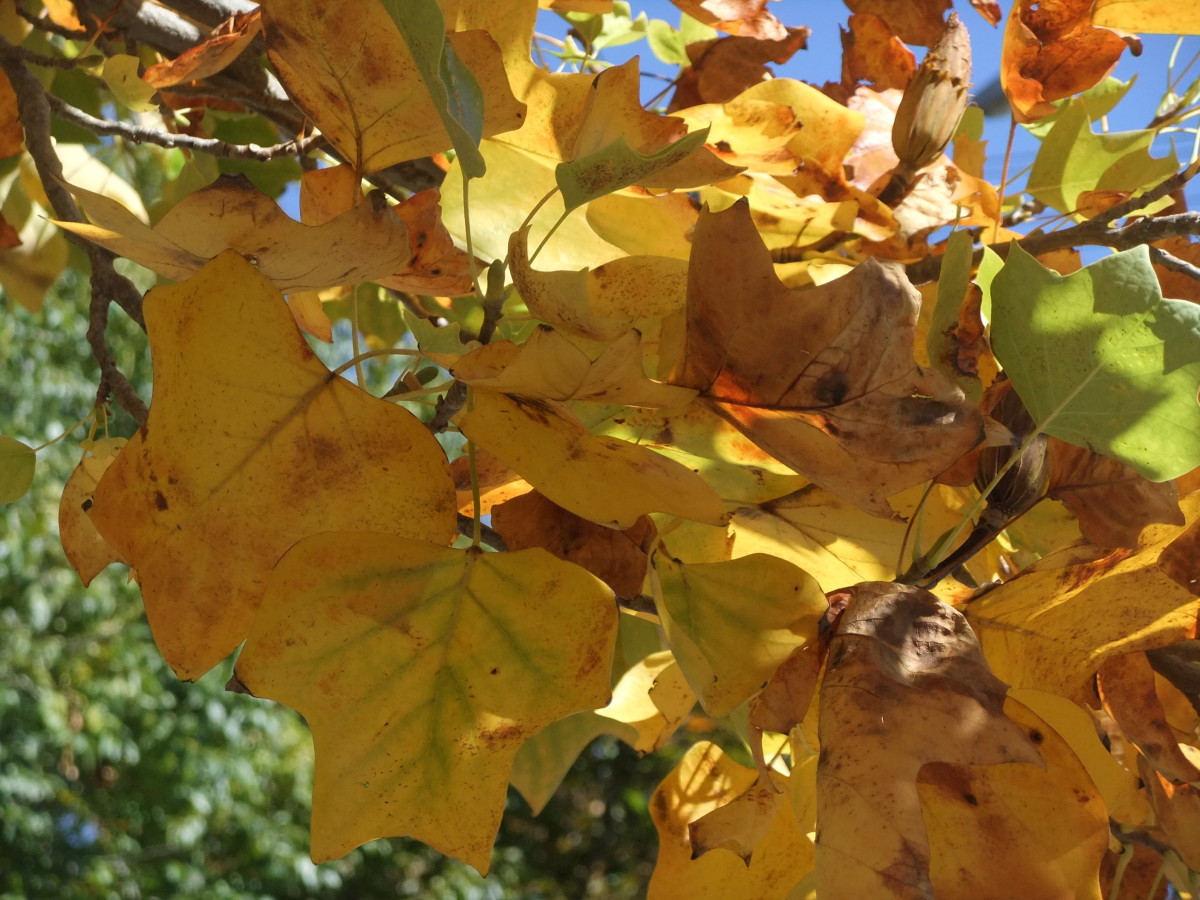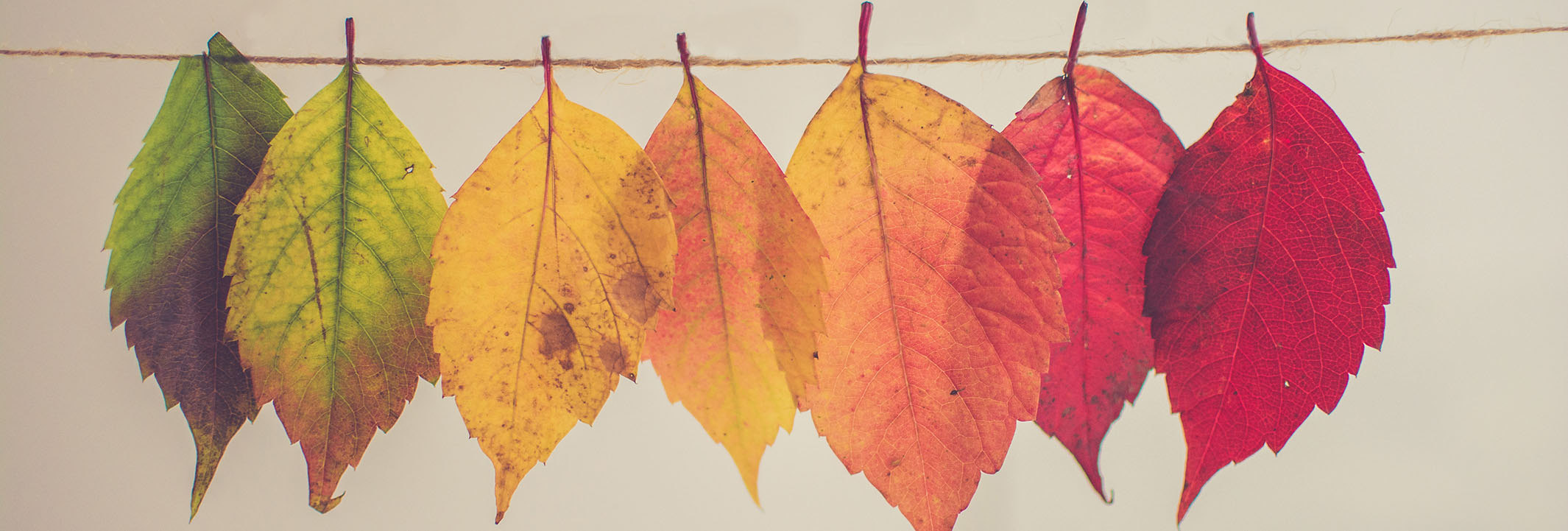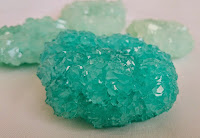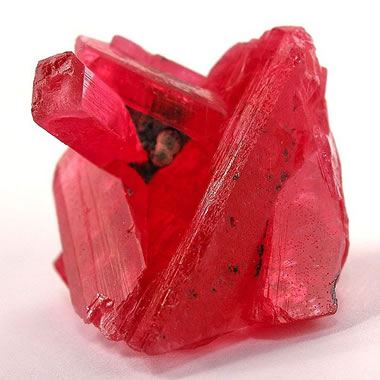Aim: To learn about Mars exploration.
1. Rover facts
2. Design, Draw and Make a Rover
3. Mars facts
1. Rover facts:
Fill in the table below.
Name:John
|
Purpose:
|
Wheels
| 6 wheels to go over terrains including rough terrains it could go 0.6-0.3 miles per hour on earth it could go about 0.1 miles an hour |
Solar Panel
| 2 to charge batteries those batteries are 2 8-amp-hour lithium they can last about 16 hours. |
Laser
| the laser is powered by a Chem cam instrument it is part of the cameras it can detect soil from a 23 meters away. |
Camera
| there is 23 cameras the chem cam has been already talked about. 22 others are probably for vision on different angles. |
Shovel, rock pick,drill
| the drill is something that spins around. it is made to extract materials from mars or core. |
2. In groups of 3 you will Design, Draw and Make a Mars Rover out of Lego Technics.
Materials:
Materials:
- Lego Technics
- A4 paper
- Pencil
- Ruler
- Eraser
The drawing and model must have:
- 6 wheels
- 1 camera
- 1 tool at the front than includes a shovel, pick and drill.
- 1 solar panel
- 1 laser that points at the ground
( Take a photo and upload your mars rover onto your blog.)
Link: Facts
You will need to find out the following:
Fact
|
Earth
|
Mars
|
Picture of planet
| ||
Length of 1 year
| 365 days | |
Length of 1 day
| 24 hours | |
Distance from the sun
| ||
Distance from Earth.
| ||
Gravity:
| ||
Colour:
| ||
Temperature
| -88 to 57 C | |
| Rainfall | ||
Atmosphere
| ||
Surface
| ||
Moons and names
|
Conclusion: Write about what you have learnt.












